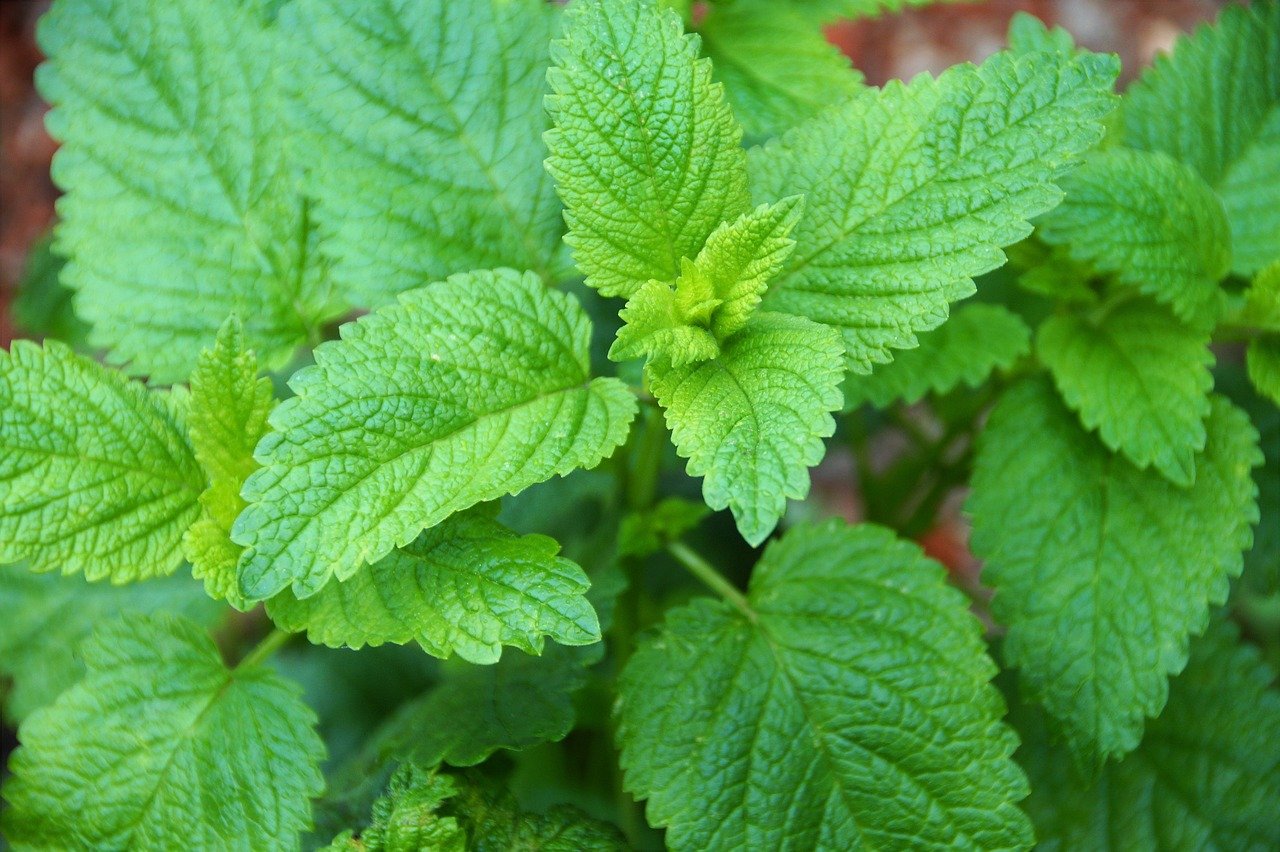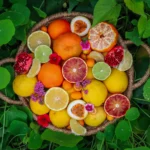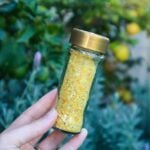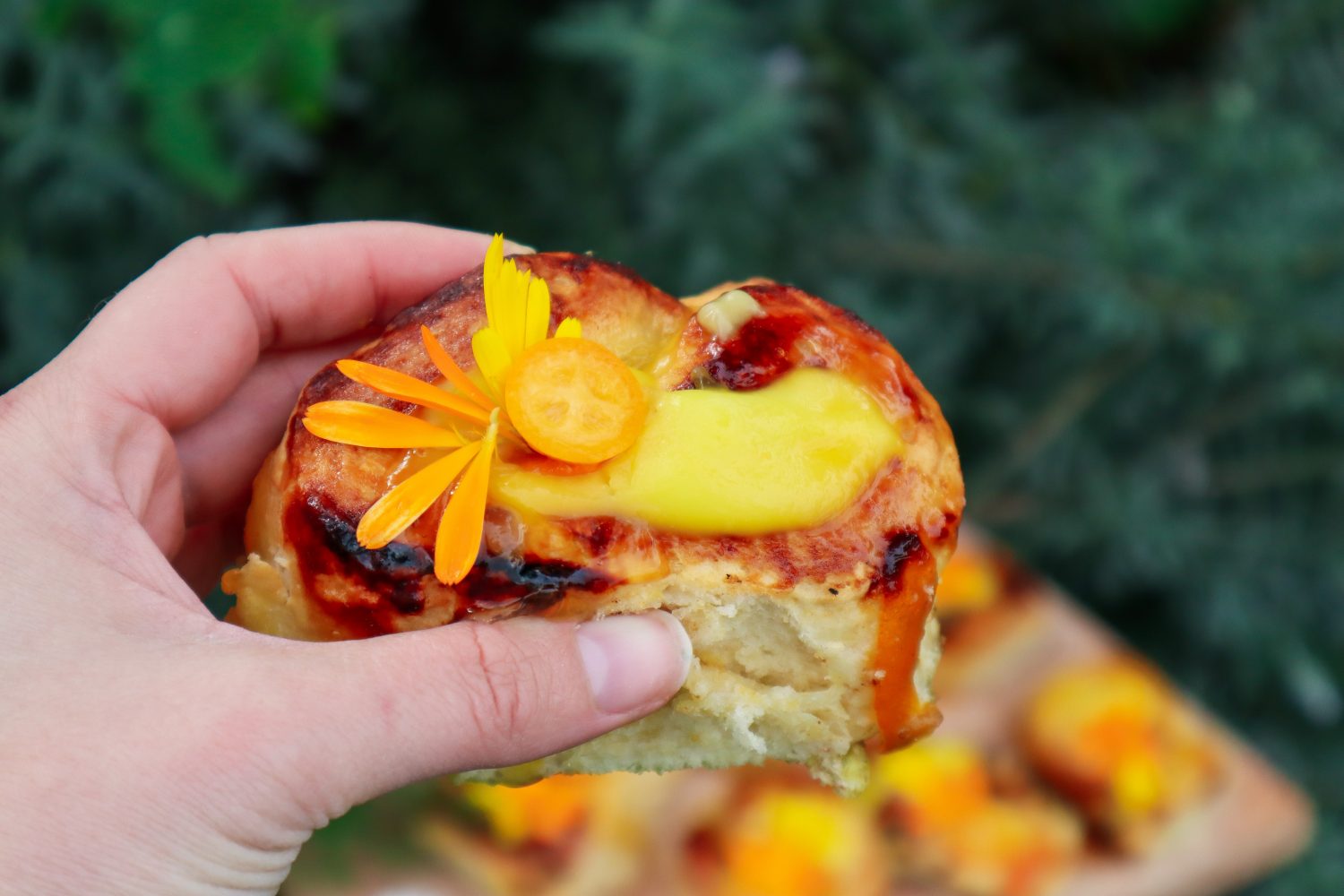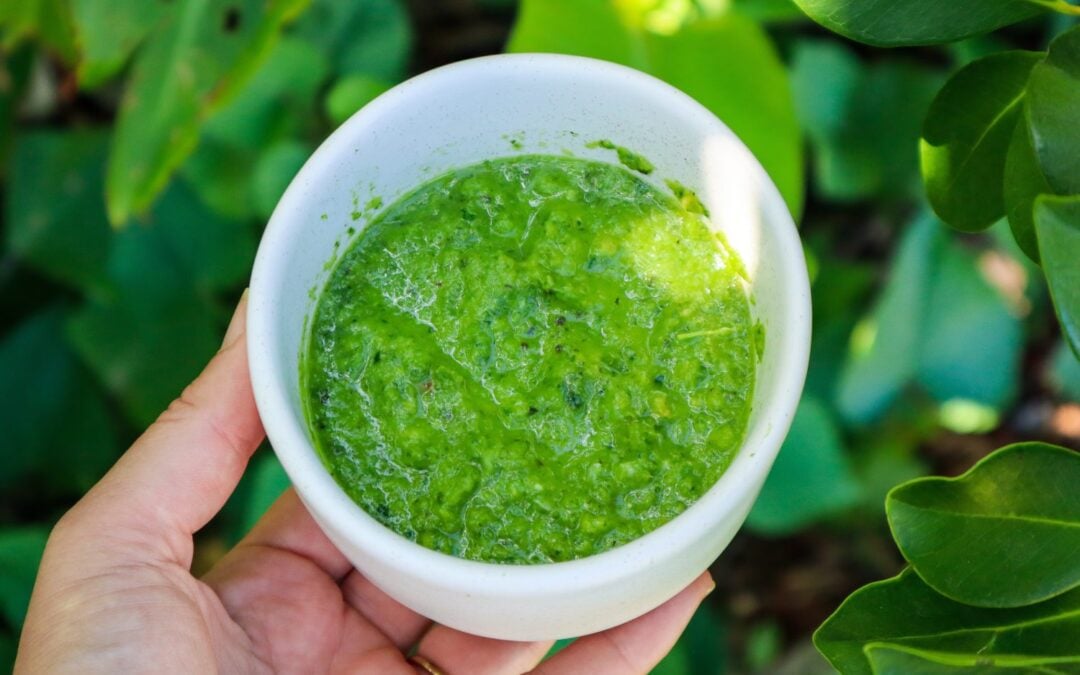
Simple Homemade Green Curry Paste with Fresh Garden Herbs
Making your own homemade green curry paste is so easy! You will never want to buy it again after you get the perfect blend. It will need adjusting to your heat tolerance, but mine is quite low, so you can always build on it from there. Using fresh herbs and ingredients from your garden takes this vibrant green curry paste to the next level! Extra curry paste can be frozen for a future quick and easy garden-to-plate meal.
See the bottom of the page for how to turn this green curry paste into a delicious meal.
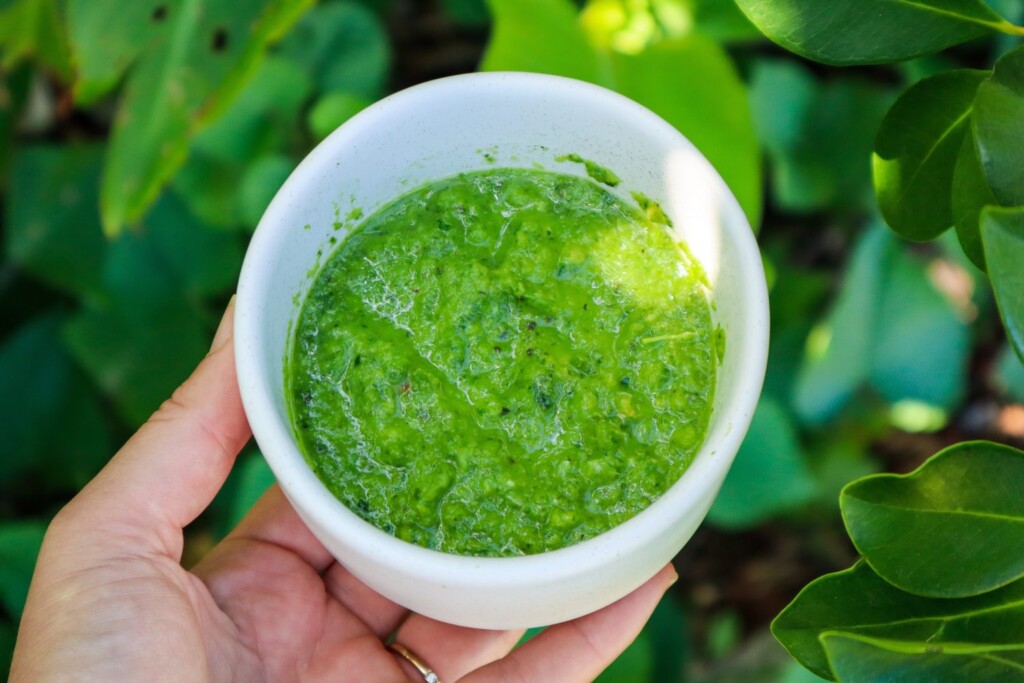
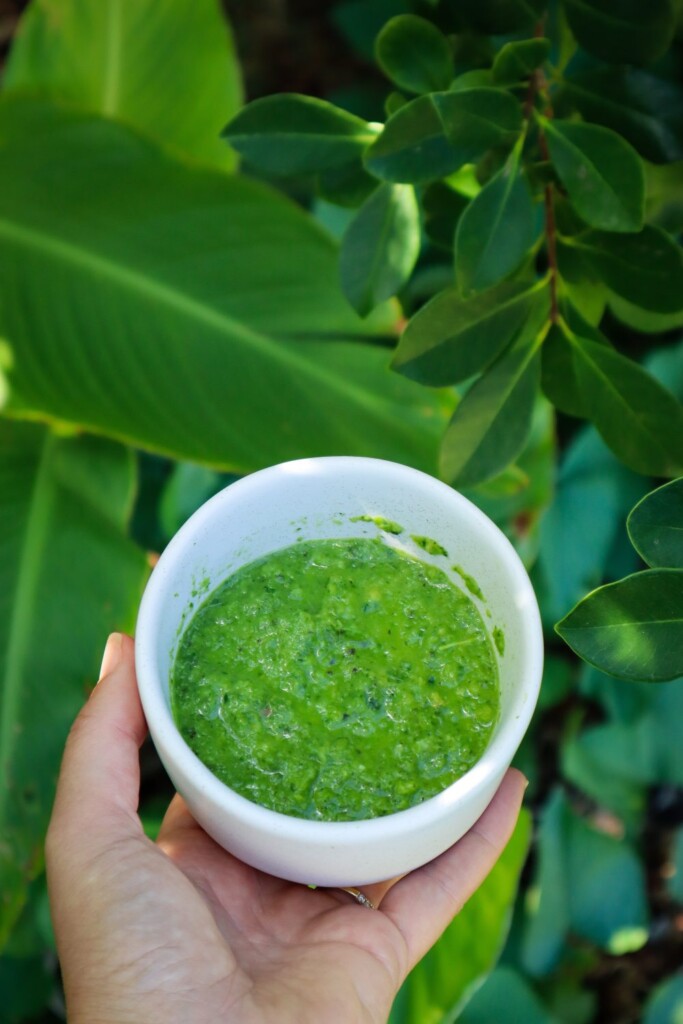
Garden-to-Plate is flavour-packed!
If you grow your own herbs and chillies, this recipe is a fantastic way to use up extra harvests. Here’s a look at a few of the key ingredients and how they contribute to your garden and kitchen:
- Green chillies: Long cayenne or similar varieties are perfect for this. They’re productive, easy to grow in pots, and can be frozen or dried for later use.
- Lemon balm or lemongrass: Lemon balm is a wonderful lemony herb that grows like a weed. It’s a great lemongrass substitute and adds a bright citrus note.
- Basil: Thai basil is traditional, but any sweet basil works. It’s easy to grow and makes this paste extra aromatic.
- Spring onion: Grows well in containers or in-ground. The green tops add a mellow onion flavour.
- Ginger and garlic: While not always garden-grown, both are staples in many food gardens and can be preserved or grown in pots in warm climates.
This paste also works beautifully as a marinade for grilled veggies or protein or as a punchy flavour boost in soups and noodle dishes.
Swaps & Substitutions
- Lemon balm vs. lemongrass: Lemon balm is great if lemongrass isn’t available, but either works well.
- Chillies: Use what you have! Bird’s eye chillies for more heat, jalapeños or milder green varieties if you prefer it gentle.
- Herbs: Try coriander or mint for a different twist.

Green Curry Paste
Fresh and vibrant green curry paste to make a delicious garden-to-plate meal from scratch!
Ingredients
- 6 Green Chillies (long cayenne) - see notes
- 1 Spring onion
- 3 Garlic cloves
- 10 cm piece of fresh ginger
- 1 lime
- 1/2 cup lemon balm (or 1 stalk lemon grass)
- 1/4 cup fresh basil
- 1 tsp Raw sugar
- 1/2 tsp Sea Salt
Instructions
- Cut the ends of the green chillies and remove the seeds (this is optional. Keep to the side if you want to add extra heat) and slice and add to a blender or mortar and pestle.
- Peel the ginger using the back of a spoon and slice it into small pieces.
- Zest the lime and add the zest and juice to the mix.
- Dice and chop all other ingredients and add everything to the mix.
- Blitz or pound until a paste-like consistency. You may need to add a splash of water if it is not mixing.
- Use immediately or freeze for future use.
Notes
- Green Cayenne are on the mild side. If you are using hotter chillies use less or more to your heat preference. I also remove the seeds because I like it mild. Keep the seeds to the side and add extra during the cook if you want to increase the heat.
- Other herbs and greens can be added such as parsley or corriander
Tips for Storing and Preserving Green Curry Paste
- Fridge: Store in a sealed jar for 5–7 days.
- Freezer: Freeze in tablespoon-sized portions in ice cube trays, then transfer to a container or zip-lock bag for up to 3 months.
Pro tip: Label your frozen curry cubes so you know what’s what when digging through the freezer later!
How to make a Green Curry with the Homemade Paste
To turn your green curry paste into a delicious garden-to-plate meal follow these steps.
- In a deep pan or Wok, brown onions in 1TSBP Olive Oil.
- Add your protein of choice and brown off.
- Add the green curry paste and stir to combine for 1 minute
- Add 400ml of Coconut cream.
- Stir and taste. Add extra sugar or salt if needed. Salt helps bring out more flavor. Sugar can ease some of the spice.
- Add chopped greens and veggies such as Zucchini, Capsicum, Carrot, Snow Peas, Beans, and Chard.
- Cook until protein is cooked through and veggies are softened but still have a bit of crunch.
Roasted Sweet Potato rounds are also delicious on top of a green curry!
Homemade green curry paste is a game-changer—flavourful, fresh, and full of your garden’s best. Whether you grow a few herbs on your balcony or have a thriving backyard veggie patch, this recipe is a wonderful way to make the most of your harvests.











